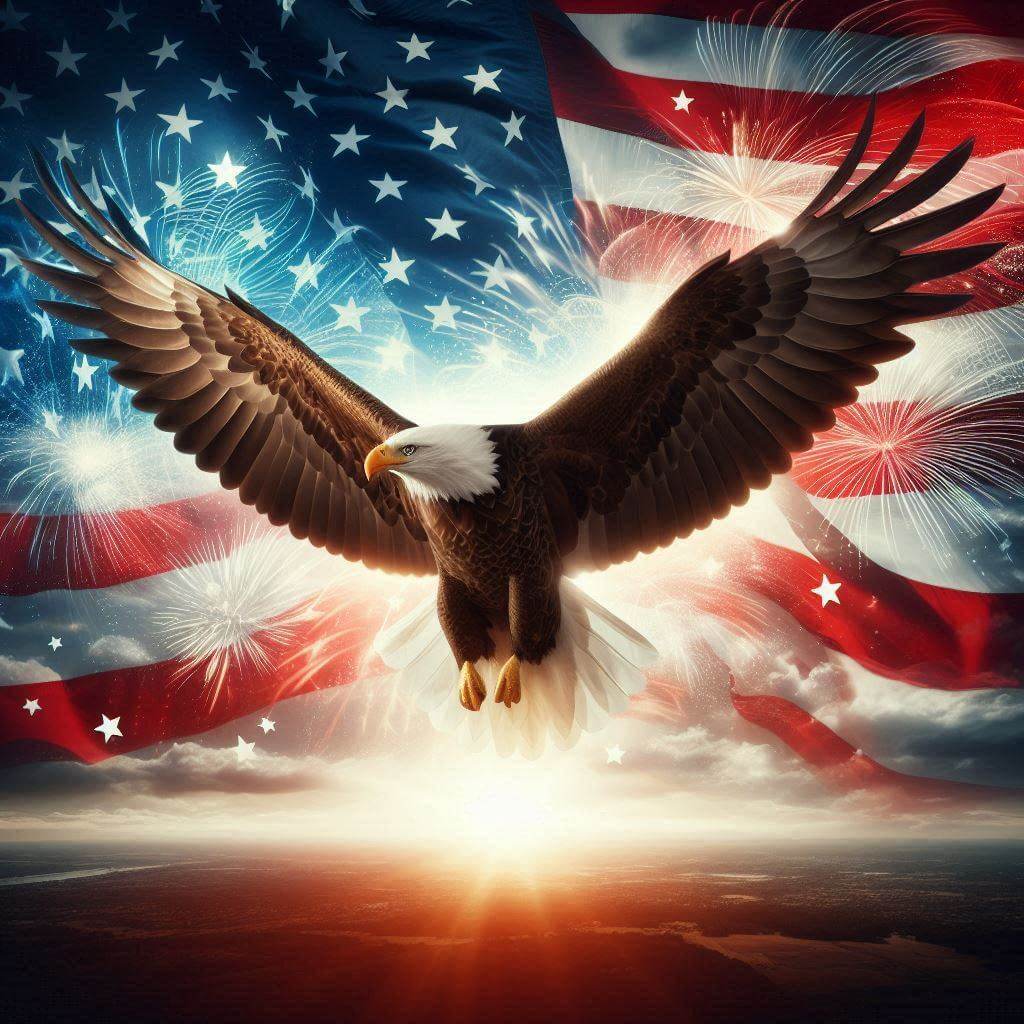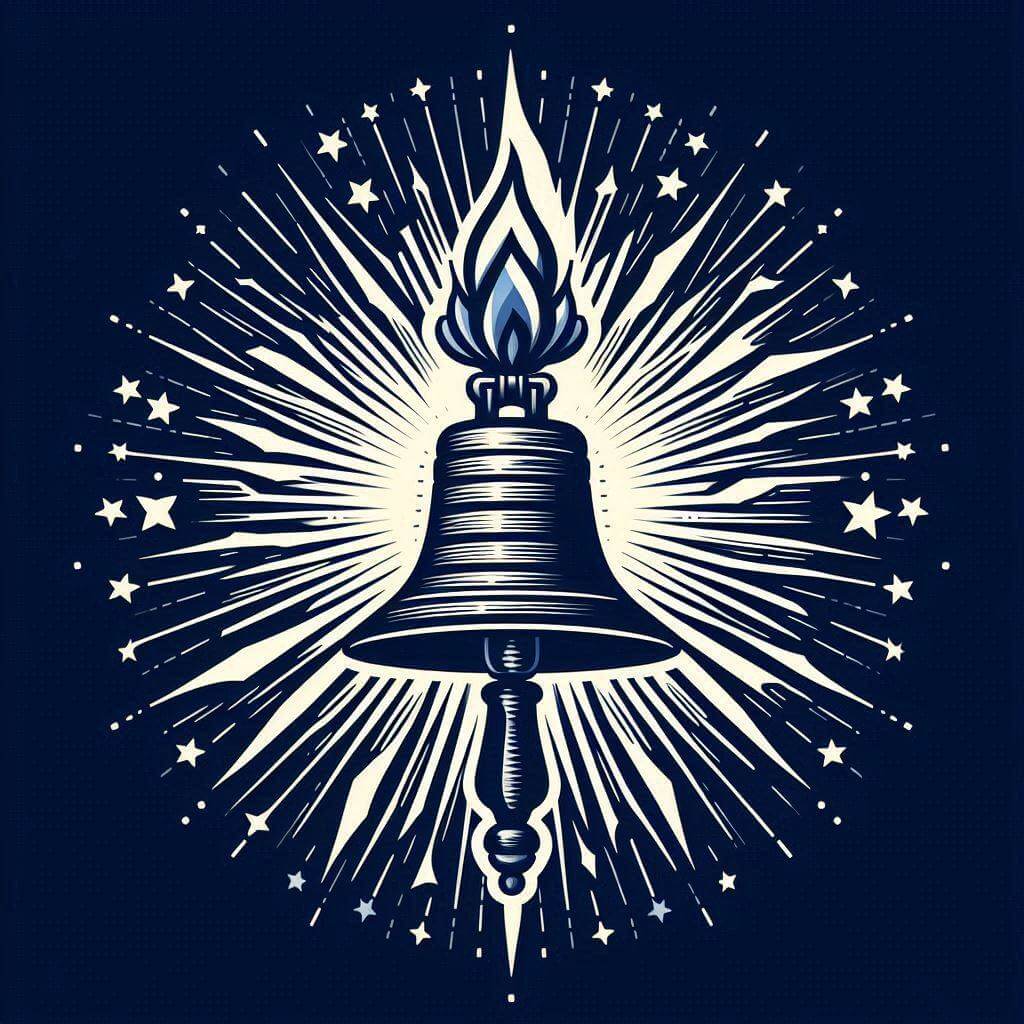The flag of the United States, affectionately known as the Stars and Stripes or Old Glory, is one of the most recognizable national symbols in the world. Its design, consisting of thirteen horizontal stripes alternating red and white, with a blue rectangle in the canton containing fifty white stars, is rich in symbolism and historical significance.
United States information
| National Flag Day | June 14 |
| Sovereign state | Yes |
| Official name | United States of America |
| Capital | Washington, D.C. |
| Population | 331,449,281 |
| Area | 9,833,520 km² |
| Currency | United States dollar (USD) |
| Language | English |
| Continent | North America |
| Region | Northern America |
| Subregion | North America |
| Borders | Canada, Mexico |
| Timezone | UTC-5 to UTC-10 |
| Calling code | +1 |
| Top-level domain | .us |
History of the United States Flag
 The United States flag was officially adopted on June 14, 1777, by resolution of the Second Continental Congress. This date is now celebrated annually as Flag Day in the U.S. The original design featured thirteen stars and thirteen stripes, representing the thirteen original colonies that declared independence from Great Britain.
The United States flag was officially adopted on June 14, 1777, by resolution of the Second Continental Congress. This date is now celebrated annually as Flag Day in the U.S. The original design featured thirteen stars and thirteen stripes, representing the thirteen original colonies that declared independence from Great Britain.
As the nation grew, so did the flag. A new star was added for each new state, while the number of stripes was eventually fixed at thirteen to honor the original colonies. The current 50-star design was adopted on July 4, 1960, after Hawaii became the 50th state in 1959.
The flag's design is credited to several historical figures, including Francis Hopkinson, a signer of the Declaration of Independence. However, the popular story of Betsy Ross sewing the first American flag, while beloved, is not supported by strong historical evidence.
Symbolism and Design of the US Flag
The Stars and Stripes embodies the core principles and values upon which the United States was founded. Each element of the flag carries specific symbolism:
- The thirteen stripes represent the original thirteen colonies, symbolizing the roots of the nation.
- The fifty stars represent the fifty states of the Union, symbolizing the growth and unity of the country.
- The colors also carry meaning: red symbolizes hardiness and valor, white represents purity and innocence, and blue stands for vigilance, perseverance, and justice.
The arrangement of stars in rows and columns creates a visually balanced design that has become instantly recognizable worldwide.
Usage and Significance of the US Flag
 The American flag is a ubiquitous symbol of national identity and pride. It is prominently displayed on government buildings, schools, and private homes across the country. The flag plays a central role in national holidays, particularly Independence Day (July 4) and Memorial Day, where it serves as a focal point for celebrations and remembrances.
The American flag is a ubiquitous symbol of national identity and pride. It is prominently displayed on government buildings, schools, and private homes across the country. The flag plays a central role in national holidays, particularly Independence Day (July 4) and Memorial Day, where it serves as a focal point for celebrations and remembrances.
In times of national crisis or triumph, the flag often becomes a rallying symbol. Iconic images like the raising of the flag at Iwo Jima during World War II or the planting of the flag in the rubble of the World Trade Center after 9/11 have become powerful representations of American resilience and unity.
The flag is also an important element in official ceremonies, including the inauguration of presidents and the honoring of military veterans. The proper handling and disposal of the flag are governed by the U.S. Flag Code, reflecting the deep respect accorded to this national symbol.
Interesting Facts About the US Flag
- The current design of the US flag has been modified twenty-seven times since its adoption in 1777, reflecting changes in the number of states admitted to the Union.
- The nickname "Old Glory" was coined by Captain William Driver, a 19th-century American sea captain, for his personal flag. The term later became widely used for the national flag.
- Six U.S. flags have been planted on the moon by Apollo missions between 1969 and 1972.
- The 50-star flag design was created by Robert G. Heft as a high school project. He received a B- for the project initially, but it was later changed to an A after his design was selected by President Eisenhower.
- The flag that inspired Francis Scott Key to write "The Star-Spangled Banner" in 1814 is preserved at the Smithsonian Institution's National Museum of American History.